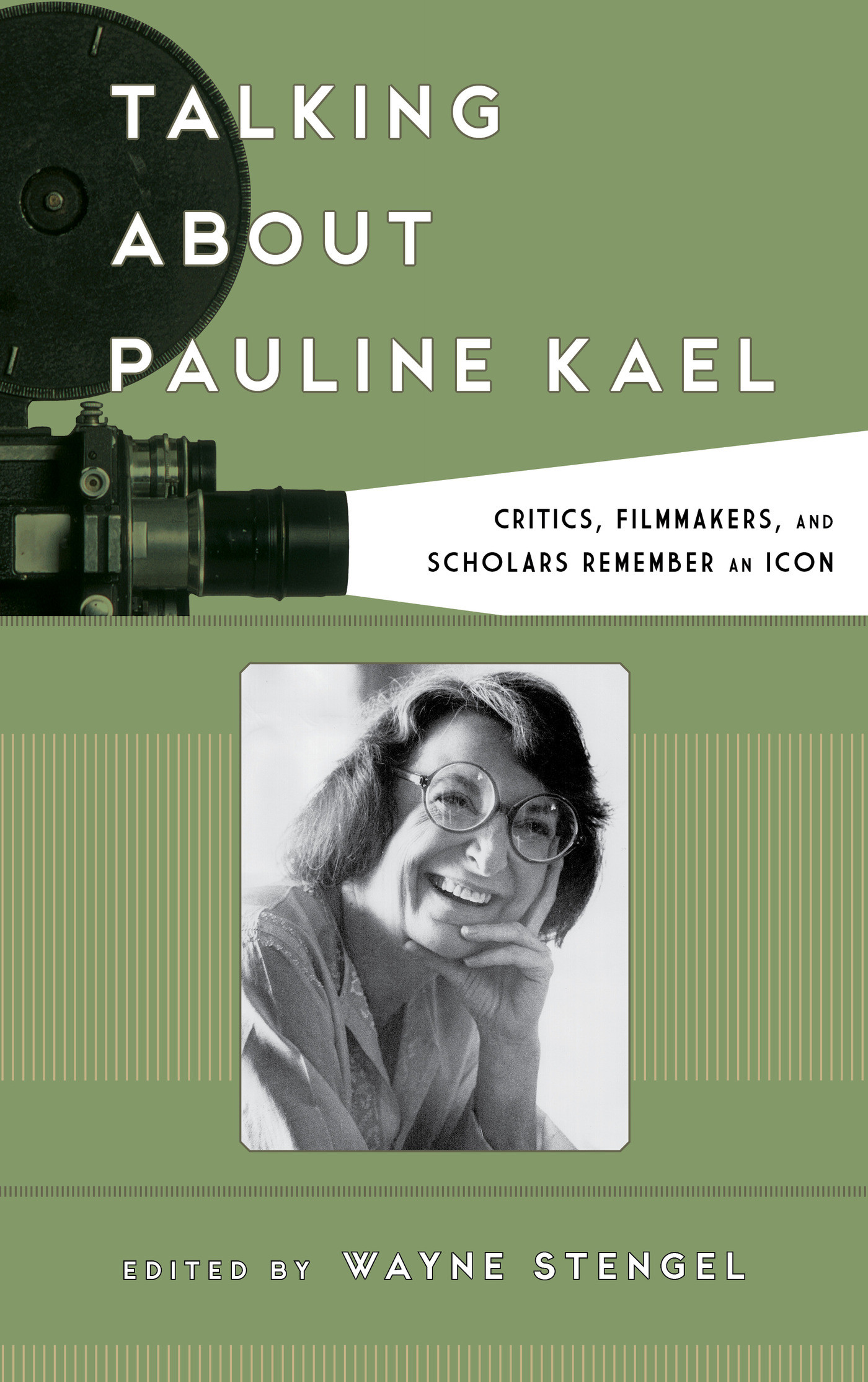Talking about Pauline Kael
FILM AND HISTORY
Series Editor: Cynthia J. Miller
European Cinema after the Wall: Screening EastWest Mobility, edited by Leen Engelen and Kris Van Heuckelom
Native Americans on Network TV: Stereotypes, Myths, and the Good Indian, by Michael Ray FitzGerald
Bringing History to Life through Film: The Art of Cinematic Storytelling, edited by Kathryn Anne Morey
Hollywood and the End of the Cold War: Signs of Cinematic Change, by Bryn Upton
Smart Chicks on Screen: Representing Womens Intellect in Film and Television, edited by Laura Mattoon DAmore
The JFK Image: Profiles in Docudrama, by Raluca Lucia Cimpean
Food on Film: Bringing Something New to the Table, edited by Tom Hertweck
Real War vs. Reel War: Veterans, Hollywood, and WWII, by Suzanne Broderick
Talking about Pauline Kael: Critics, Filmmakers, and Scholars Remember an Icon, edited by Wayne Stengel
Talking about Pauline Kael
Critics, Filmmakers, and Scholars
Remember an Icon
Edited by
Wayne Stengel
ROWMAN & LITTLEFIELD
Lanham Boulder New York London
Published by Rowman & Littlefield
A wholly owned subsidiary of The Rowman & Littlefield Publishing Group, Inc.
4501 Forbes Boulevard, Suite 200, Lanham, Maryland 20706
www.rowman.com
Unit A, Whitacre Mews, 26-34 Stannary Street, London SE11 4AB
Copyright 2015 by Rowman & Littlefield
All rights reserved. No part of this book may be reproduced in any form or by any electronic or mechanical means, including information storage and retrieval systems, without written permission from the publisher, except by a reviewer who may quote passages in a review.
British Library Cataloguing in Publication Information Available
Library of Congress Cataloging-in-Publication Data
Talking about Pauline Kael : critics, filmmakers, and scholars remember an icon / edited by Wayne Stengel.
pages cm. (Film and history)
Includes bibliographical references and index.
ISBN 978-1-4422-5459-6 (cloth : alk. paper) ISBN 978-1-4422-5460-2 (ebook)
1. Kael, PaulineCriticism and interpretation. I. Stengel, Wayne B., editor.
PN1998.3.K34T35 2015
791.43092dc23
2015013240
 TM The paper used in this publication meets the minimum requirements of American National Standard for Information Sciences Permanence of Paper for Printed Library Materials, ANSI/NISO Z39.48-1992.
TM The paper used in this publication meets the minimum requirements of American National Standard for Information Sciences Permanence of Paper for Printed Library Materials, ANSI/NISO Z39.48-1992.
Printed in the United States of America
Acknowledgments
First, to Ellen
Love of my life
Always the swiftest poetry
To my stumbling prose.
To Polly Frost and Ray Sawhill
for guidance, focus, and great essays.
To Steve Vineberg and Brian Kellow,
Mike Sragow and Craig Seligman,
mensches all.
To my legion of twenty-one contributors plus one
who honored Kael so well.
And on the home front, to Melissa Eubanks, Darby Burdine, and Nathan McDonald
I pestered, but you got me to the finish line.
Introduction
Through much of the twenty-three years that Pauline Kael was a movie critic at the New Yorker (19681991), she was a sensation. Kael was a lightning rod not just for film buffs and people who became rabid about the power of movies by the end of the 1960s, but also to many individuals across America who recognized in her a great essayist, argumentative and imploring, commonsensical yet passionately enthusiastic in her belief that film, particularly American film, might explore politics, sexuality, and violence with means unfathomed only a decade earlier. Yet since her retirement from regular reviewing in 1991 and her death in 2001, many film students, filmmakers, and even film critics have been unaware of her phenomena and have never read a page of her sometimes overwrought prose. What this collection attempts, and where I believe it wonderfully succeeds, is in capturing Kaels intelligence, her commanding knowledge of the movie industry and movie history, her bravado and zest for reviewing, argument, and transforming her best reviews into transcendental explorations of the abundant contradictions in American life.
Perhaps it is impossible to know Kael without attempting to understand her as a grandmother, retiree, lioness in winter, the way two of her closest personal friends, Polly Frost and Ray Sawhill, did and so luminously convey in their fine essays in part I of this collection. Their insights, love for Pauline, and respect for her strength, her perseverance, even her demands expose many sides of the Pauline Kael who was not a movie critic, a woman few people knew. No finer essays about the many facets of her vulnerabilities and humanity have been written. Each of these essays surprises and endlessly charms. On a lighter note, humorist Roy Blount Jr. weighs in with his experiences as Kaels neighbor, yard man, and, eventually, her very good friend in Great Barrington, Massachusetts. Kael read every written response to her criticism that she received and dutifully answered those she felt were intelligent, critically astute, sincere, or not threatening. Her correspondence spawned lasting friendships across the years. In their interesting and moving reminiscences, TorontoStar entertainment columnist Martin Knelman, WallStreetJournal sportswriter Allen Barra, and corporate legal manager for Turner Broadcasting Lee Tsiantis talk about meetings with her in New York, tours around her manse at Great Barrington, even a trip with Pauline to the Cannes Film Festival.
To be a Paulette, what critic Richard Corliss waggishly called the members of Kaels charmed circle of young critics in training, was an exhilarating, heady, and often unnerving role for any aspiring film reviewer. No one has written so perceptively, or honestly, about Kael as a great teacher, mentor, and generous hostess to a groundbreaking generation of American film critics than current NewYorker critic David Denby. His ability to recognize both Kaels genius and her liabilities as frequently inseparable elements of a powerful, magnetic personality make his essay one of the strongest and most affecting in the collection. Director and screenwriter Paul Schrader tells of his gratitude to Kael, his eventual break with her, and finally his relief and satisfaction at their reconciliation shortly before her death. Joan Tewkesbury, screenwriter for Robert Altmans Nashville and Thieves Like Us, wryly describes Altmans bringing Kael on his set, and mysteriously allowing his cast and crew to ask who was that tiny masked lady? Sanford Schwartz, frequent art critic for the New York Review of Books, close personal friend of Kaels since the 1960s, and tapped by her to author the introduction to the Library of Americas selection of her reviews, writes a stirring, brilliantly informed account of the forces, goals, and visionary impulses of Kaels forever romantic, always pleasure-seeking reviews. As Schwartz would know, the force winds of Kaels imagination reached all parts of America. Philip Martin, movie critic for the ArkansasDemocrat-Gazette, and Noel Murray, a film critic for the Onion, write about discovering Kael as college-age film lovers, finding her voice, language, and style in their heads, and though vehemently disagreeing with many of her opinions, recognizing that Kaels wit, passion, and love of language would make each of them movie critics for life.

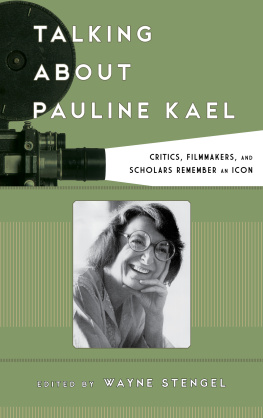
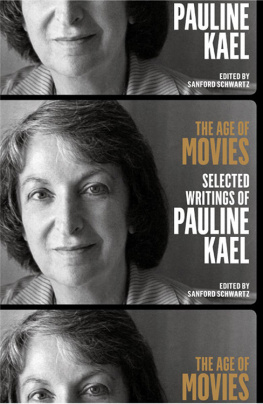
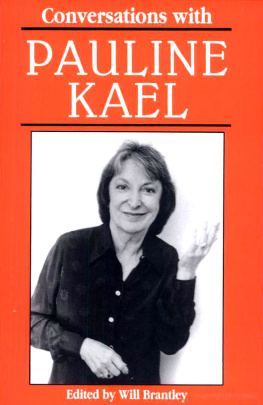
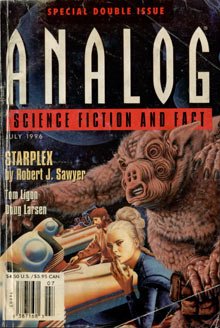
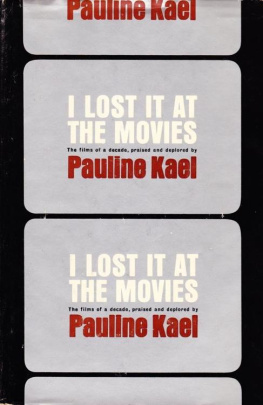
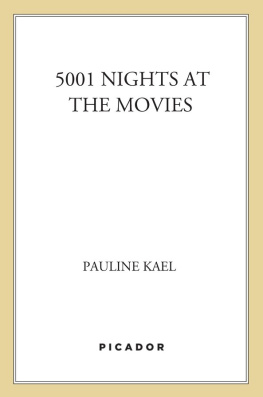
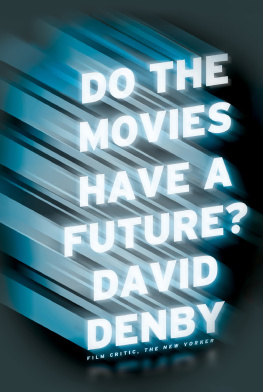
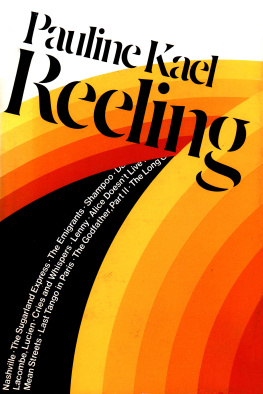

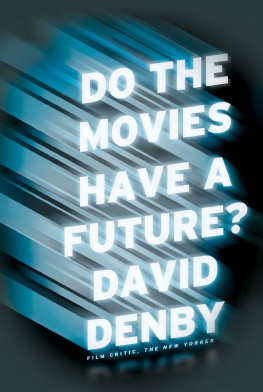
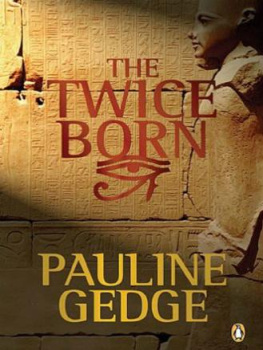
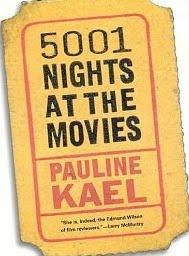
 TM The paper used in this publication meets the minimum requirements of American National Standard for Information Sciences Permanence of Paper for Printed Library Materials, ANSI/NISO Z39.48-1992.
TM The paper used in this publication meets the minimum requirements of American National Standard for Information Sciences Permanence of Paper for Printed Library Materials, ANSI/NISO Z39.48-1992.